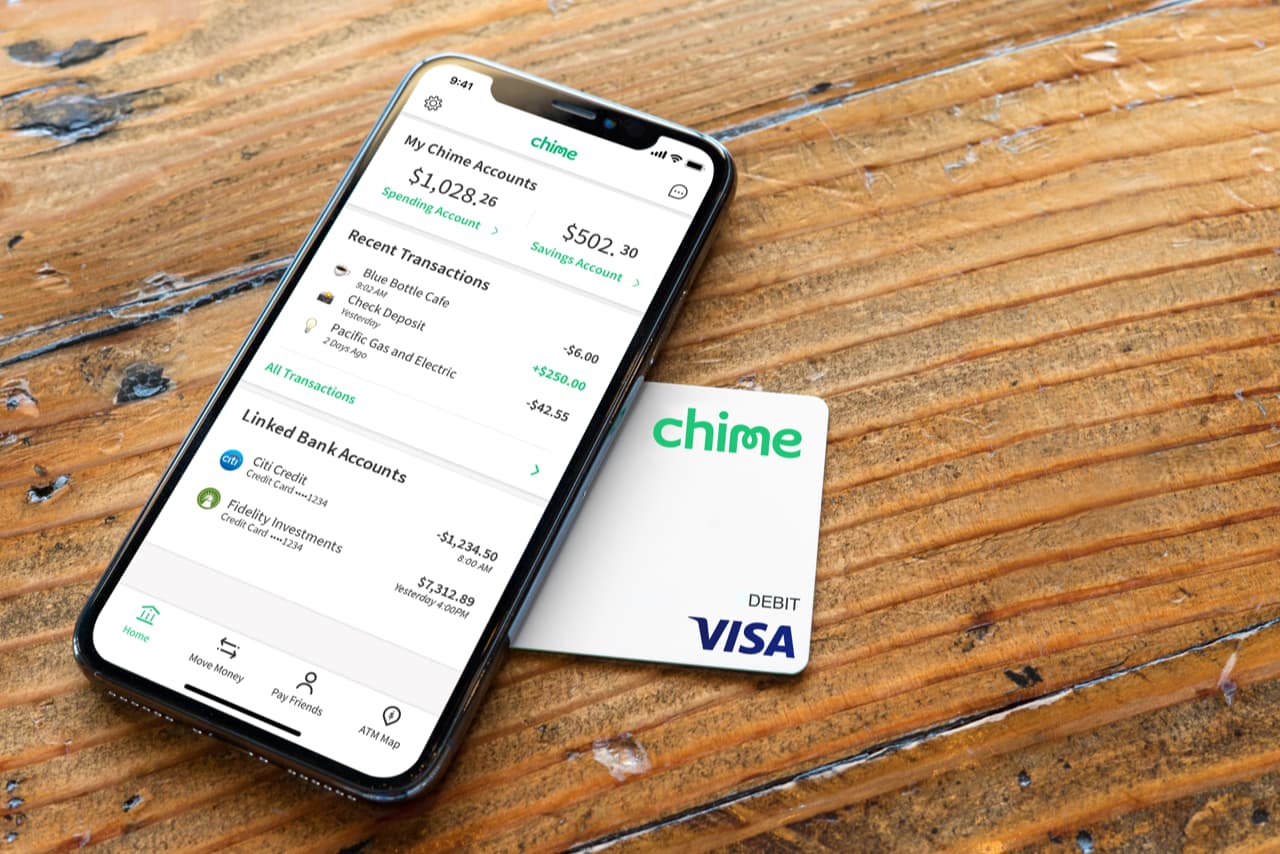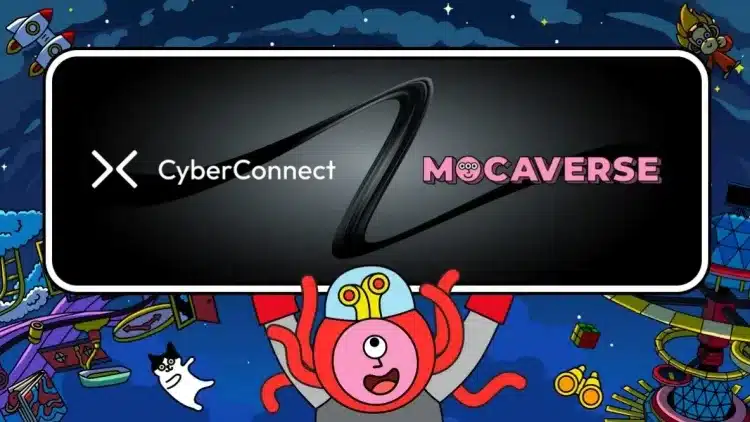NFTs create a space for diversity

Finally, sophisticated art for diverse expression and philanthropy
By Angelina Lopez
Despite what you’ve heard, NFTs are not dead! More companies, content creators and artists are looking to introduce their brand and art to Web3, but this time with important cultural purposes.

What exactly is an NFT?
If you don’t understand NFTs, you’re not alone. NFTs (non-fungible tokens) are concise digital assets that can be treated like physical assets. Like a painting, an NFT is viewed, shared, borrowed and sold with crypto (primarily Ethereum). It can come as a video, an audio, a picture or even a tweet.
People often question the point. Someone can take a screenshot and have the same thing. But just like a painting, one can make a copy, which would not be the same as owning the original. The original ownership is verified on a blockchain – a distributed database that stores information in a digital format.
About only 30% of Americans are aware of NFTs, and now content creators have the ability to add value to their work, have digital data of ownership, and ditch a third party that takes a percentage when involved in selling their art. This sums up the Web3 movement – no more middlemen. Internet users have the ability to buy and sell their content directly to the public.
The opportunity
Since the world went digital during the pandemic, there was no business as usual. Some had the opportunity to work from home, and some were not as lucky, but still at home with only their hobbies left. Artists, musicians, designers and other creatives got to show their talents online. Aside from social media, a more significant opportunity for profit flourished in the NFT space.
A Forbes contributor, Rebekah Bastian, spoke about the inclusive potential of NFTs on the artist and designer side, saying, “Through NFTs, a more diverse range of artists can gain exposure without having to go through traditional gatekeepers.” Finally, let diverse artists make a living from their art, reject the “starving artist” stereotype, and expand the art community into a space with equity.
Let’s look at the past, present and future. Going back a couple of hundred years, women and other minorities often appeared in art, but were hardly recognized for being the artist. One artist, Frida Kahlo, made headlines in her time. She was Hispanic, a member of the LGBTQ+ community, and one of the most famous female artists of the 20th century. While Kahlo achieved fame and success, artists with similar backgrounds did not. Now, some NFT collections are geared towards supporting causes in support of women, the LGBTQ+ community, or Indigenous artists.
Crypto Chicks created a collection that “reflects each woman’s individuality and uniqueness.” Each Crypto Chick is a randomly generated female with distinctive characteristics and styles. Each sold is unique and supports women to embrace their differences.
Traditional art still lacks this sense of inclusion. Statistics show that 87% of the artists whose work is displayed in American museums are men, and 85% are white. And while NFTs appear to be widely explored, according to a Finder.com survey conducted in September 2021, only 29.4% of Americans are aware of NFTs and only 2.84% of Americans own NFTs . Men are almost four times as likely to own NFTs as women in the United States. But when you compare it to the gap in traditional art, it seems to be moving in the right direction.
The exclusion in traditional art has also affected neurodiverse artists. An online community called ARTXV supports and celebrates neurodiverse artists. A new perspective and world of art is discovered, and artists with disabilities no longer have to worry about the barriers in the art world. The website explains, “The traditional art world is inaccessible – from the physical inaccessibility of venues, to social exclusion from the elite circles of the art world and even the task of filling out lengthy applications to be assessed by art institutions.” Just another way of representation leads to bigger and better – art!

The future
The statistics and numbers don’t lie. This digital art movement in the Web3 space is a space for everyone to be included. Of course, there is always room for improvement, and NFTs do not replace traditional art, but they can certainly set a standard for the demand for different artists.
The good news is that NFTs don’t just stop there. Brands, content creators and artists are exploring NFTs and educating audiences in the space. As you practice inclusion and diversity in branding, why not explore this opportunity that allows anyone to join a creative community?
Today, major brands are already using NFTs to connect with audiences and foster their support for various causes by adding digital collections and loyalty tokens that lead to an exclusive experience or product. Coca-Cola, a brand already known for its nostalgic collectibles, released an NFT collection called Coca-Cola’s Friendship LootBox. It was auctioned for more than $575,000 on the OpenSea Marketplace to benefit the Special Olympics. Givenchy Parfums launched an NFT in support of Le MAG Jeunes, an association supporting LGBTQ+ youth. They partnered with Amar Singh, an activist artist and member of the Kapurthala royal family, and raised $128,000 in just 2 seconds after listing the collection.
Artists are invited to explore the possibilities in the NFT space and finally get a chance without barriers. Companies like Coca-Cola and Givenchy can introduce their brands to a more sophisticated digital art space, support different causes and help popularize something that will shape the digital art culture as we have it today.
























